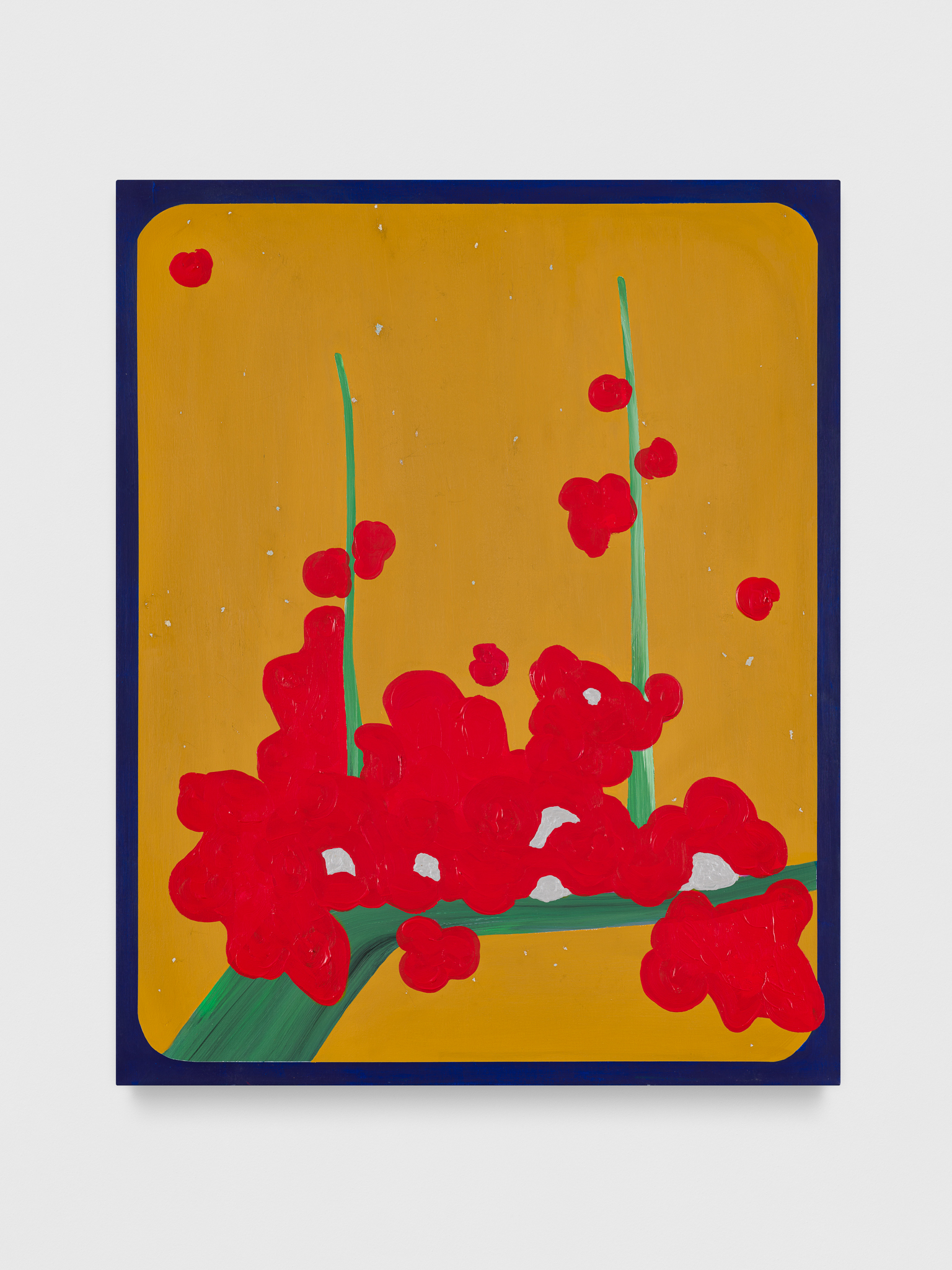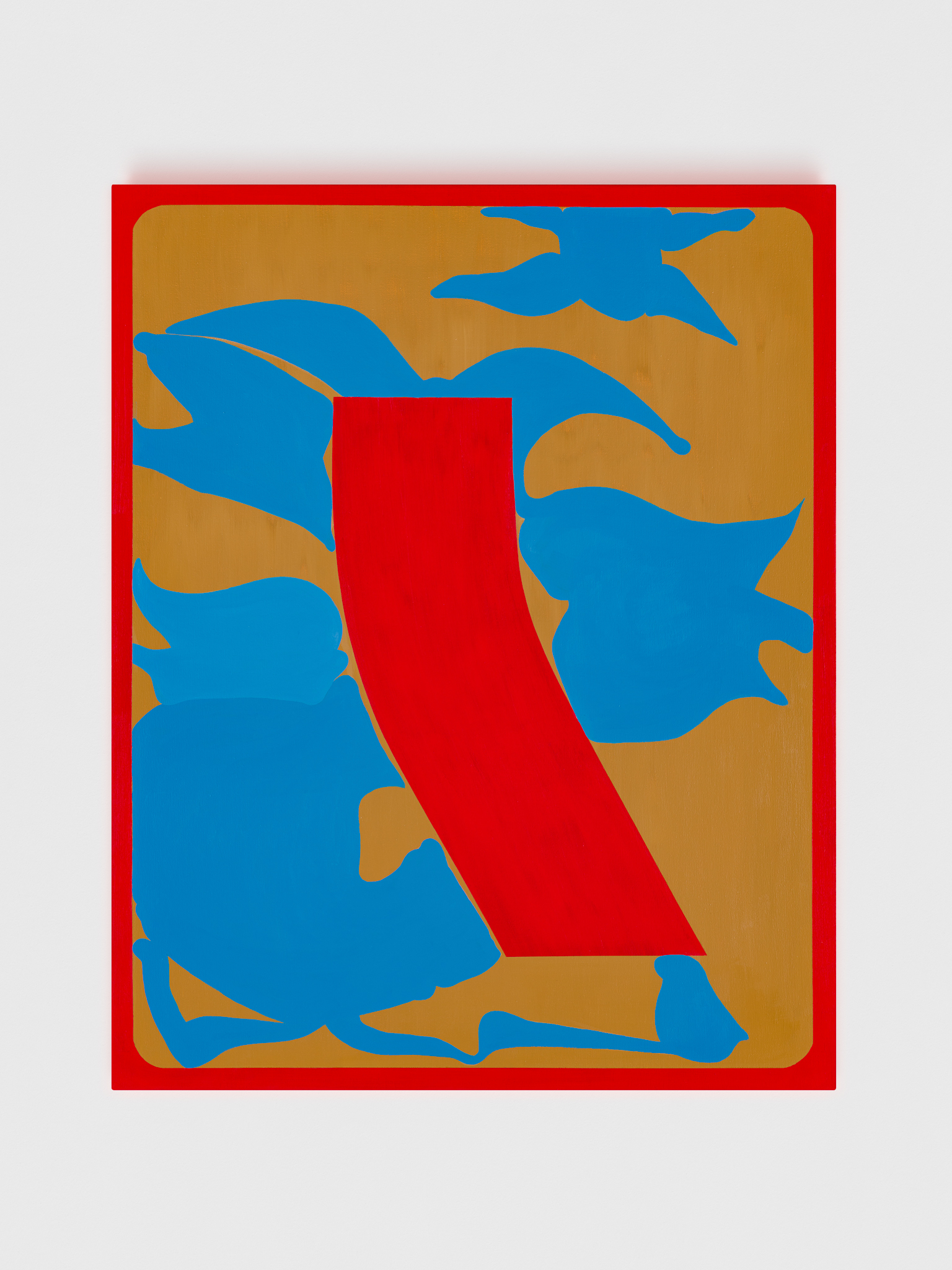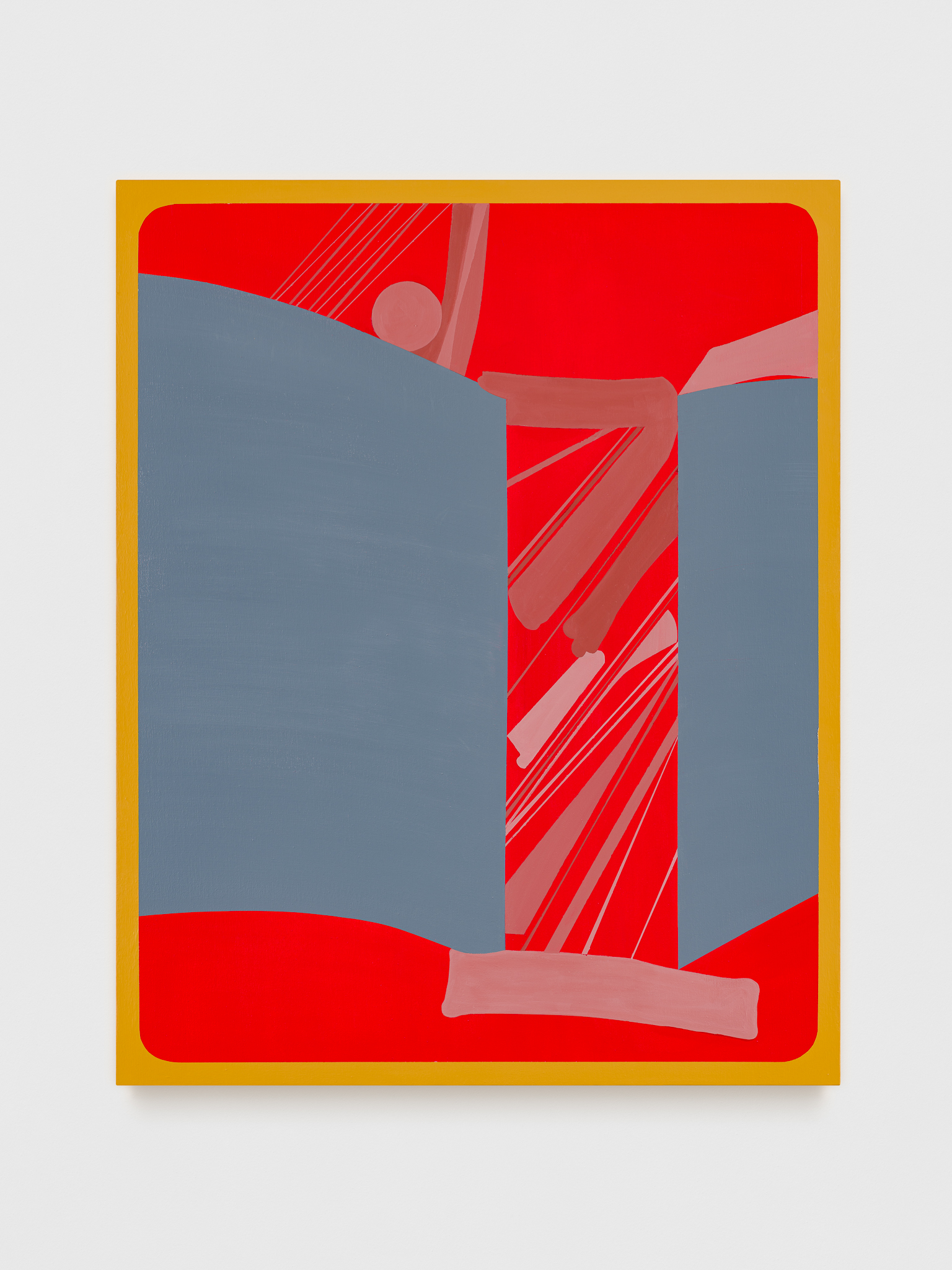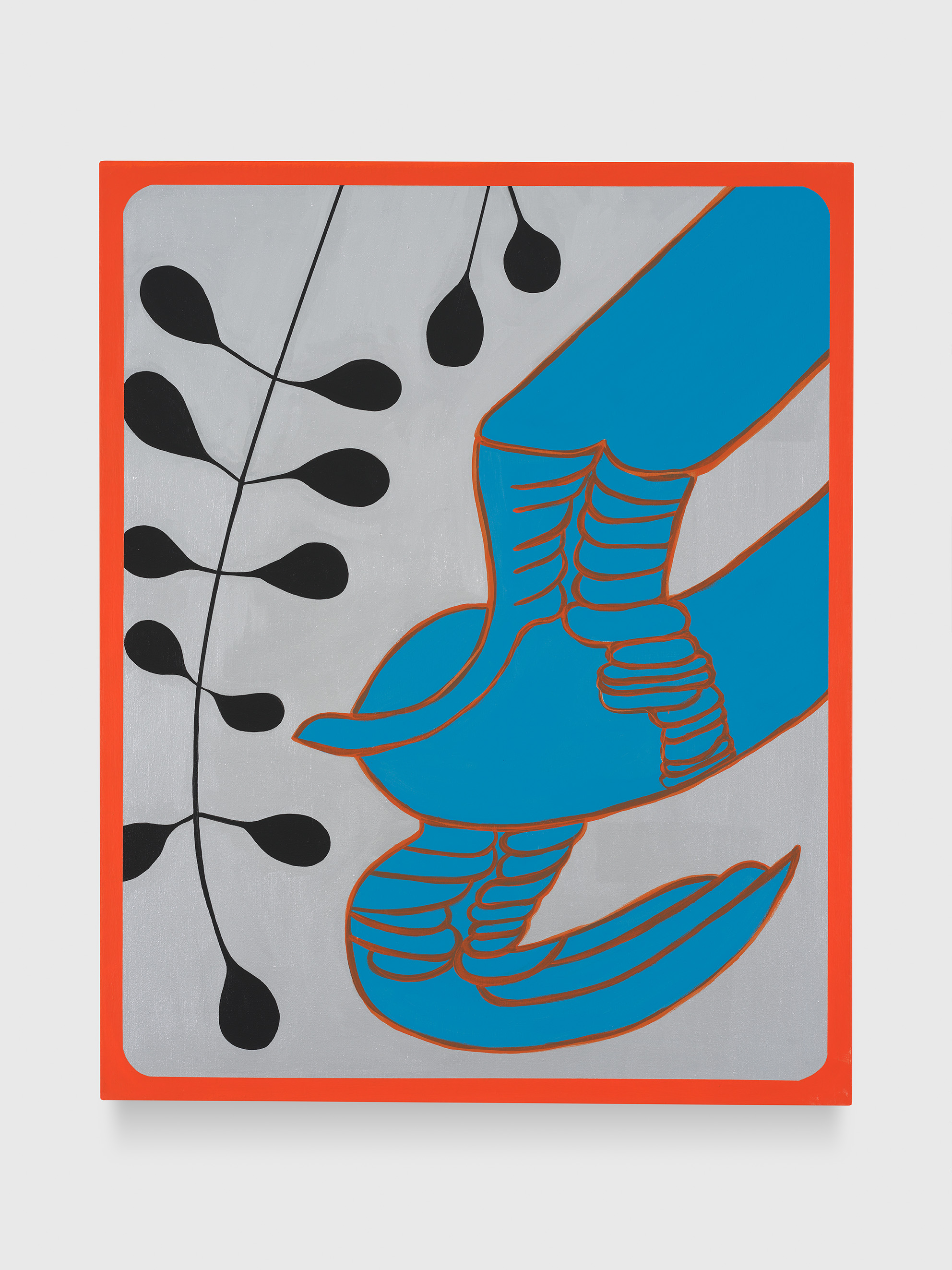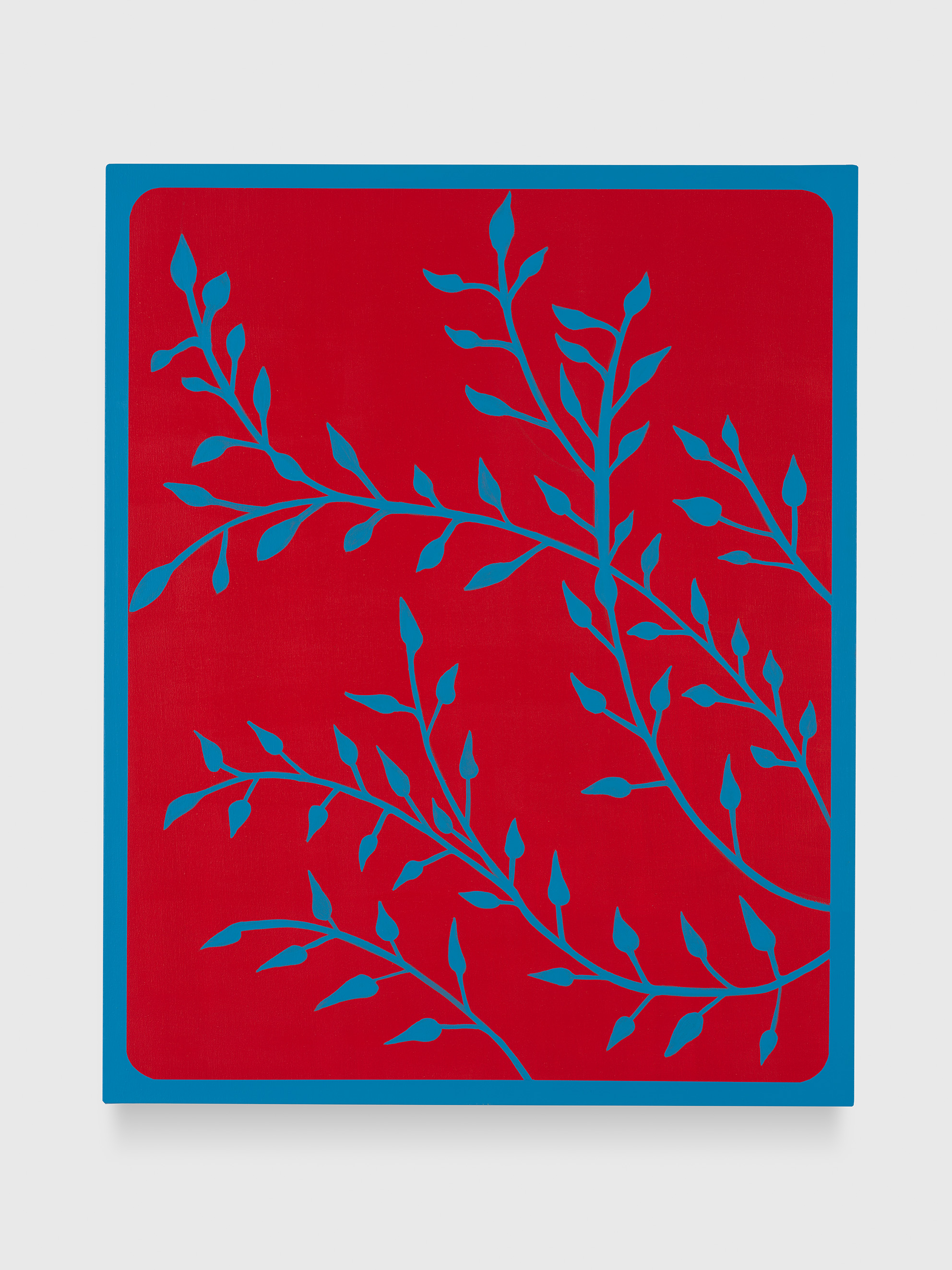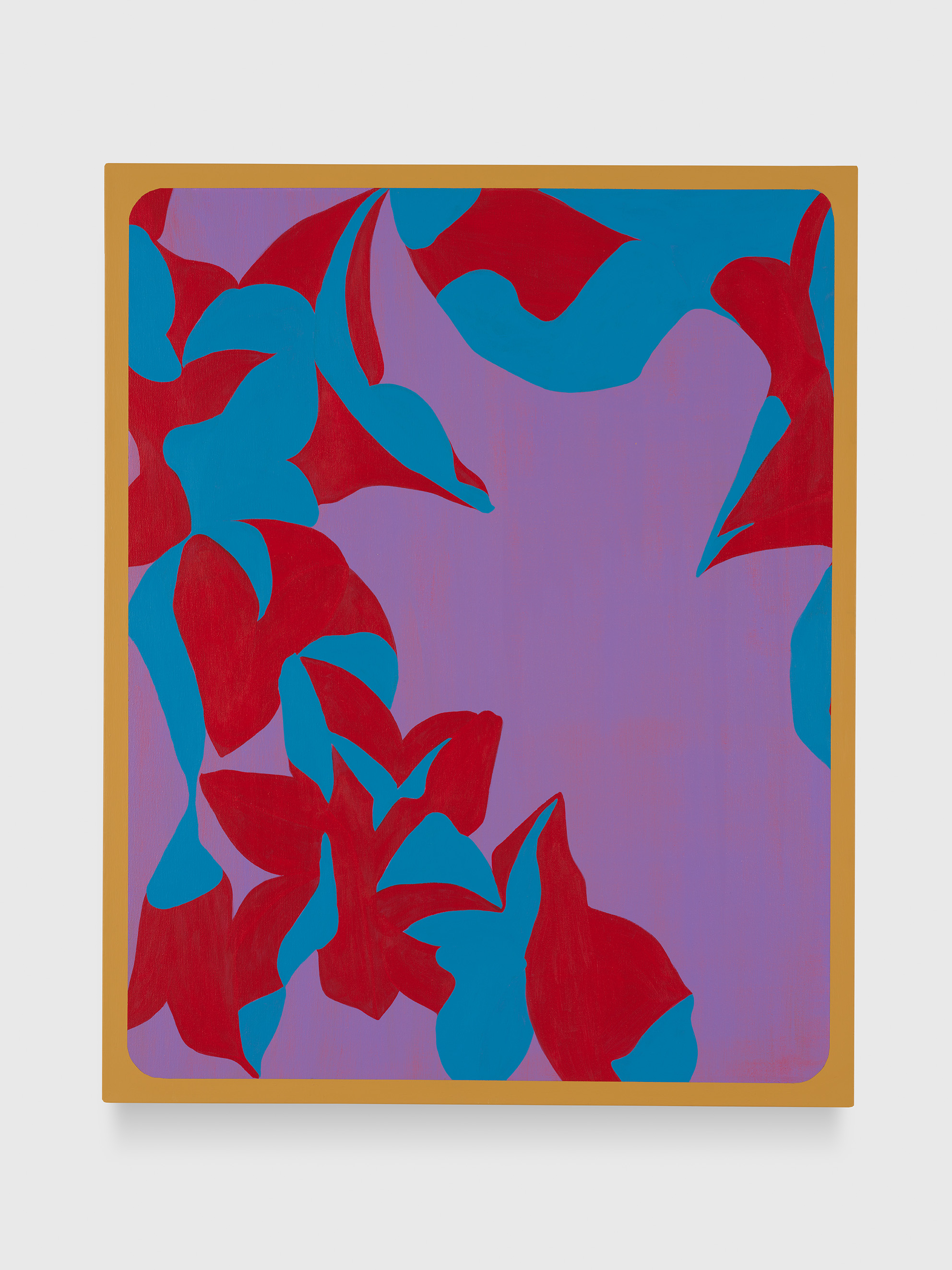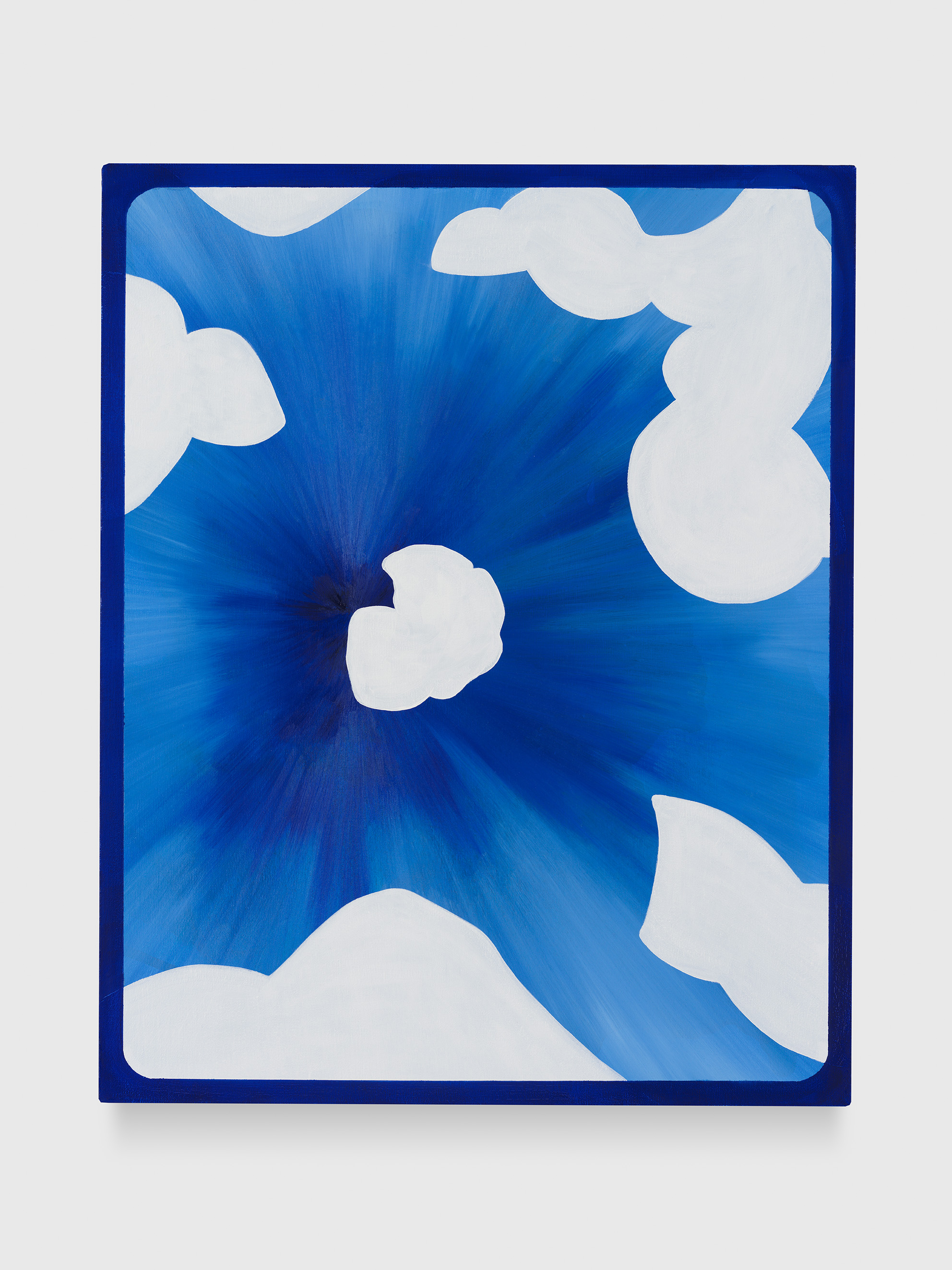Godori
The motifs of the paintings are based on the popular South Korean card game “Godori / Go-Stop” with Hwatu cards. The history of Hwatu cards in Korea is closely linked to the period of Japanese colonial rule (1910-1945) and reflects the complex dynamics of colonialism. Derived from the Japanese Hanafuda cards, the Hwatu cards can be interpreted as a symbol of cultural resilience as Koreans sought to preserve their identity amid colonial pressure to assimilate into Japanese culture. The Hwatu cards feature graphic and symbolic illustrations rooted in nature and the seasons. Each motif has a specific cultural and symbolic meaning and often reflects the cyclical and agricultural aspects of Korean life. The card game was accepted and appropriated despite its association with the painful colonial period and became a very popular card game for all generations.
The cards illustrations are abstracted and re-interpreted with a transformed visual language. By altering the colors and shapes, not only the visual aesthetic is shifted, but also the symbolic meaning of the cards.
Photos by Trevor Good and Nick Ash
The motifs of the paintings are based on the popular South Korean card game “Godori / Go-Stop” with Hwatu cards. The history of Hwatu cards in Korea is closely linked to the period of Japanese colonial rule (1910-1945) and reflects the complex dynamics of colonialism. Derived from the Japanese Hanafuda cards, the Hwatu cards can be interpreted as a symbol of cultural resilience as Koreans sought to preserve their identity amid colonial pressure to assimilate into Japanese culture. The Hwatu cards feature graphic and symbolic illustrations rooted in nature and the seasons. Each motif has a specific cultural and symbolic meaning and often reflects the cyclical and agricultural aspects of Korean life. The card game was accepted and appropriated despite its association with the painful colonial period and became a very popular card game for all generations.
The cards illustrations are abstracted and re-interpreted with a transformed visual language. By altering the colors and shapes, not only the visual aesthetic is shifted, but also the symbolic meaning of the cards.
Photos by Trevor Good and Nick Ash
